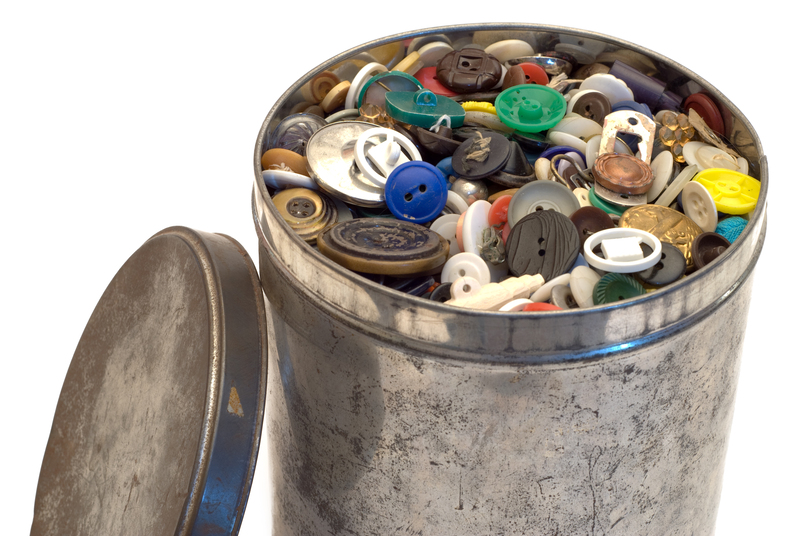Overcoming Challenges in Stopping Microplastic Pollution
In recent years, microplastic pollution has emerged as a pressing environmental issue. These tiny plastic particles, less than five millimeters in size, are found throughout our oceans, air, and even in drinking water. As awareness grows, so does the urgency to develop strategies to combat this pernicious form of pollution. This article delves into the obstacles faced in addressing microplastic pollution and explores viable solutions that can help mitigate its impact.
Understanding Microplastics
Microplastics are classified into two types: primary microplastics, which are purposefully made small, like microbeads in cosmetic products, and secondary microplastics, which result from the breakdown of larger plastic items. The pervasive presence of microplastics results from factors such as inadequate waste management, widespread plastic usage, and environmental degradation.
The Challenges of Tackling Microplastic Pollution
Stopping microplastic pollution is not a straightforward task. Several challenges hinder the effectiveness of current mitigation efforts:
- Detection Difficulties: Identifying and quantifying microplastics in various environments proves challenging. Their small size makes them difficult to track and analyze, complicating efforts to monitor their prevalence.
- Global Distribution: Microplastics are pervasive across the globe, necessitating extensive coordination and international cooperation to tackle the issue effectively.
- Lack of Regulation: Despite growing concerns, many regions lack stringent laws regulating microplastic pollution, resulting in inconsistent efforts to control their spread.
- Plastic Dependency: Society's heavy reliance on plastic across various sectors, from packaging to textiles, makes it a formidable task to reduce microplastic pollution without impacting economic stability.
- Public Awareness: The lack of public knowledge and understanding about microplastics hampers efforts, as consumer choices heavily influence pollution levels.

Solutions to Stop Microplastic Pollution
Regulatory Measures and Policies
To effectively combat microplastic pollution, governments worldwide need to implement comprehensive regulatory frameworks. Policies should focus on reducing plastic production and encouraging the use of alternative materials. Enforcing bans on products containing primary microplastics is a step in the right direction, but more needs to be done.
Technological Innovations
Innovations in technology play a pivotal role in managing microplastic pollution. Researchers are actively developing advanced filtration systems capable of capturing microplastics in wastewater treatment plants. Additionally, new materials designed to replace conventional plastics offer promising alternatives, reducing the potential for microplastic creation.
Alternative Materials and Circular Economy
Promoting a circular economy can significantly alleviate microplastic pollution. By redesigning products and systems to prioritize reuse and recycling, the introduction of plastic waste into the environment can be minimized. Encouraging the use of biodegradable materials with similar properties to conventional plastics also presents a viable solution.
Community Involvement and Education
Raising awareness through education is crucial in the fight against microplastic pollution. Public engagement initiatives can empower individuals and communities to reduce plastic waste in their daily lives. Enhanced understanding prompts behavior changes, such as opting for reusable products and supporting policies aimed at reducing plastic consumption.
International Collaboration
Tackling microplastic contamination requires collaborative efforts on a global scale. Countries must unite to share research, resources, and strategies. International agreements and conventions can facilitate cohesive actions and ensure that microplastic pollution is given the attention it desperately requires.

The Role of Scientific Research
Research continues to provide invaluable insights into the nature and effects of microplastics. Studies are being conducted to understand better their impact on ecosystems, wildlife, and human health. Comprehensive research is essential to develop targeted policies and create efficient tools for pollution remediation.
Conclusion: A Collective Effort
The battle against microplastic pollution demands a multi-faceted approach involving individuals, communities, industries, and governments. It is vital to remember that stopping microplastic pollution is not only an environmental issue but a profound public health concern that impacts everyone. As we forge ahead with innovative solutions and policies, collective efforts remain crucial to preserve our planet for future generations. Together, we can overcome the challenges and work towards a cleaner, healthier world.
As the world becomes increasingly aware of the dangers posed by microplastic contamination, it is imperative that we act decisively and collaboratively. While there is no single solution to this global challenge, the amalgamation of regulatory, technological, and social initiatives presents a comprehensive approach to reducing microplastic pollution. Only through combined efforts can we hope to mitigate the adverse effects of microplastics and secure a sustainable future.